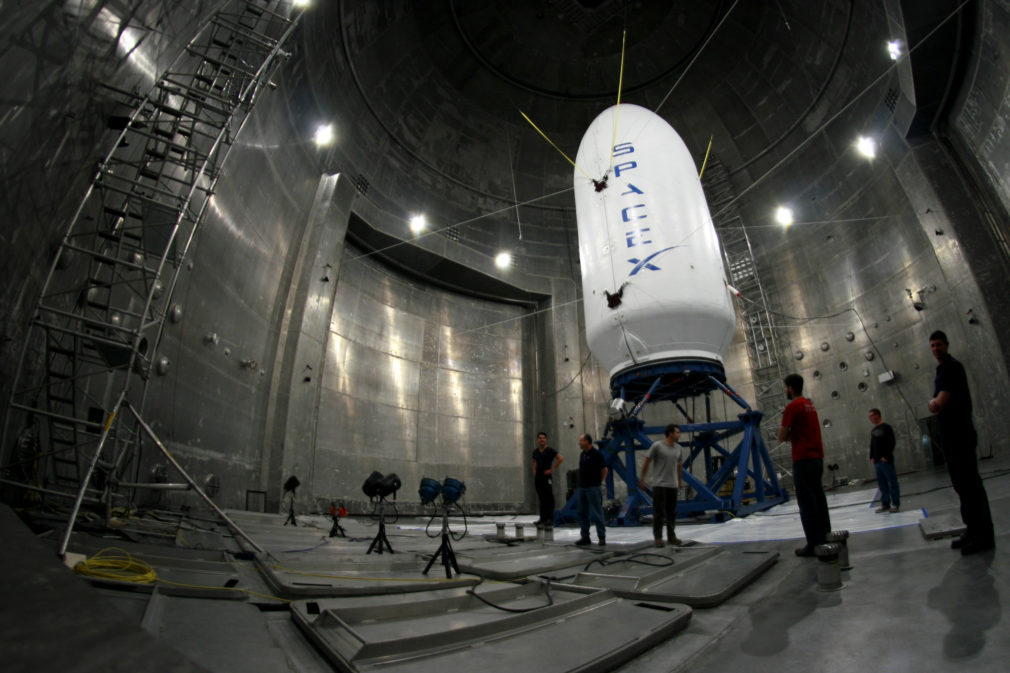Arthur Ashkin, Gérard Mourou and Donna Strickland have received the physics Nobel prize for their pioneering work with light and laser. While Arthur at 96-years of age, is the oldest person to receive the prize, Donna is the first woman physics Nobel laureate since 1963. Incidentally, she is also only the third woman recipient of the honor in history.
When informed that she was only the third women recipient of the Physics Nobel, Strickland said:
Really? Is that all? I thought there might have been more. Obviously, we need to celebrate women physicists, because we’re out there. I don’t know what to say. I’m honored to be one of those women.
Arthur is a researcher at Bell Laboratories in New Jersey. His groundbreaking research involved inventing “optical tweezers”. As the name implies, these are focused beams of light that can actually be used to grab particles, atoms and even living cells. Light being used to grab things! Just how cool is that?
After spending decades researching the properties of light, Ashkin discovered that light is drawn toward the center of a beam. And by using a lens to focus the beam, small spherical objects cold actually be suspended at the center. The interesting thing about Ashkin’s tool (Apart from the fact that it is made of frigging light!) is that it can be used to reach right inside a cell without damaging the living systems.
Mourou (École Polytechnique in France and the University of Michigan) and Strickland (University of Waterloo) meanwhile, worked out a technology that allows the stretching and amplification of the light beam, leading to the creation of immensely powerful lasers.
The technology they discovered is based upon something called “chirped pulse amplification”, and allowed scientists to overcome a critical issue with light amplification: That high intensity laser usually destroys the material that is being used to amplify it.
Mourou and Strickland’s method involved reducing the peak intensity of light by stretching it out through a mile-long fiber optic cable, amplifying it, and them compressing it again. Clever, right? The Nobel committee certainly thought so.
Speaking about the advances being made in the field of light and its applications, Nobel committee member Olga Botner said:
Billions of people make daily use of optical disk drive, laser printers and optical scanners . . . millions undergo laser surgery. The laser is truly one of the many examples of how a so-called blue sky discovery in a fundamental science eventually may transform our daily lives.





